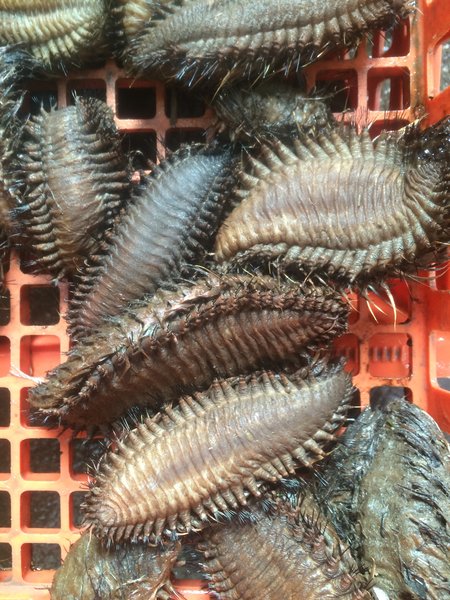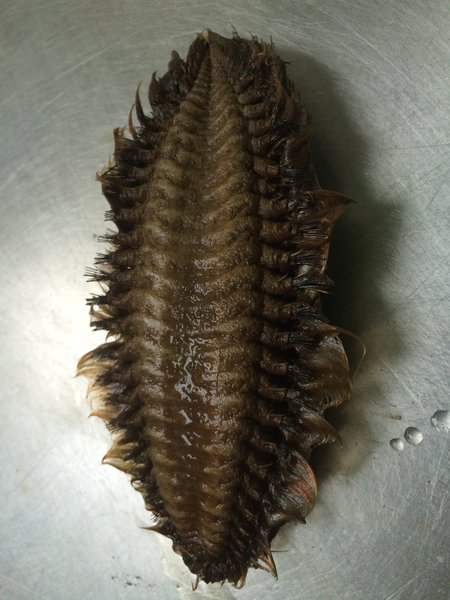Slime Fan Worm (Myxicola infundibulum)


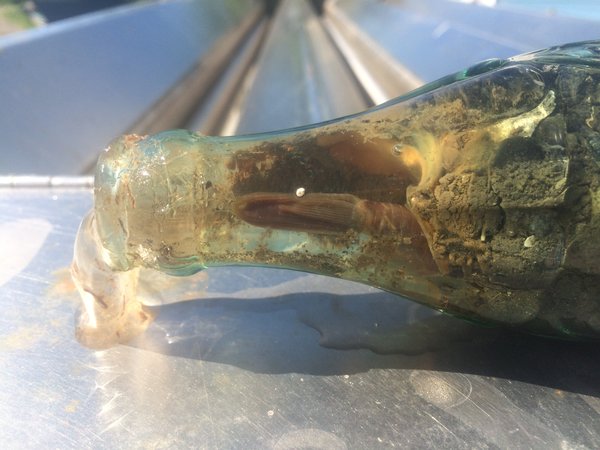
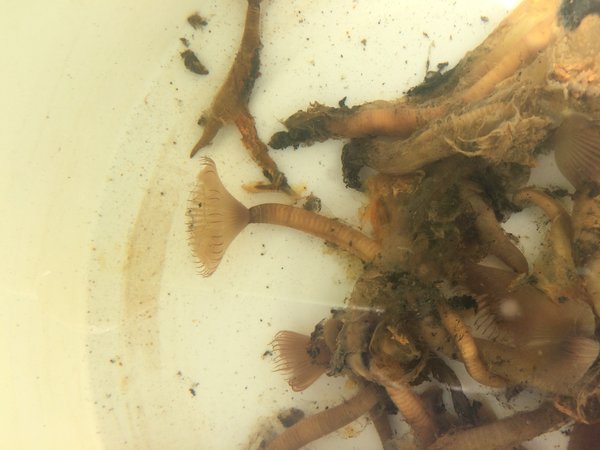
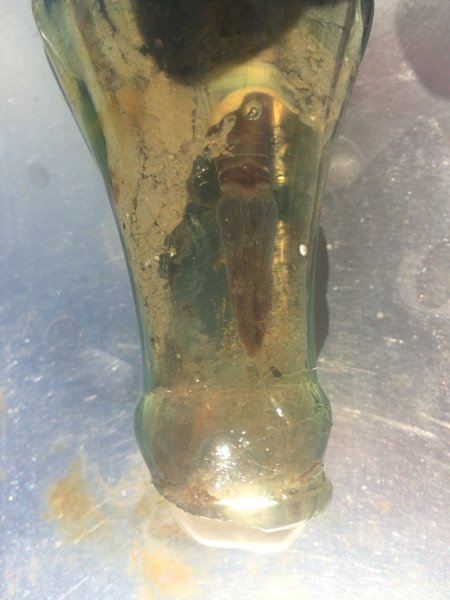
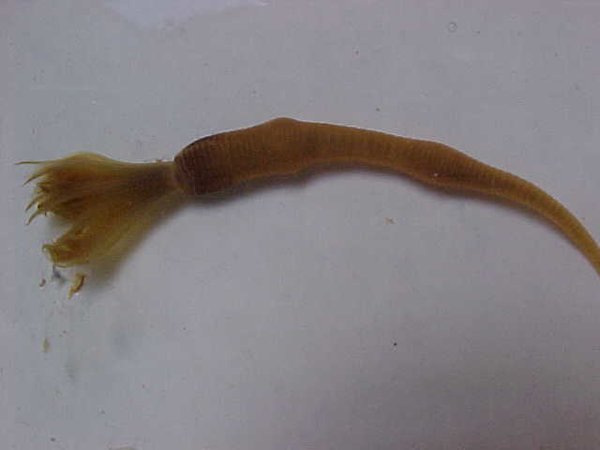
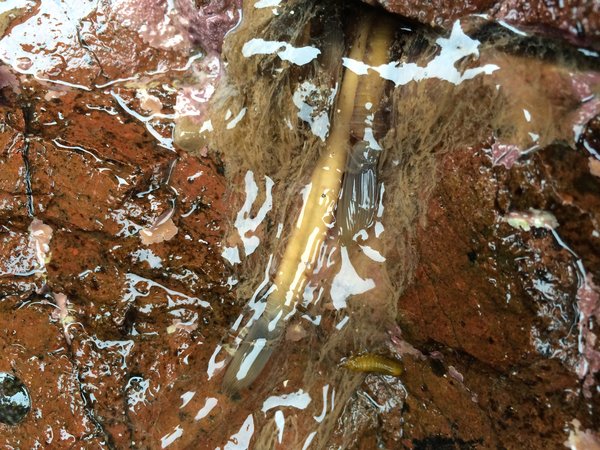
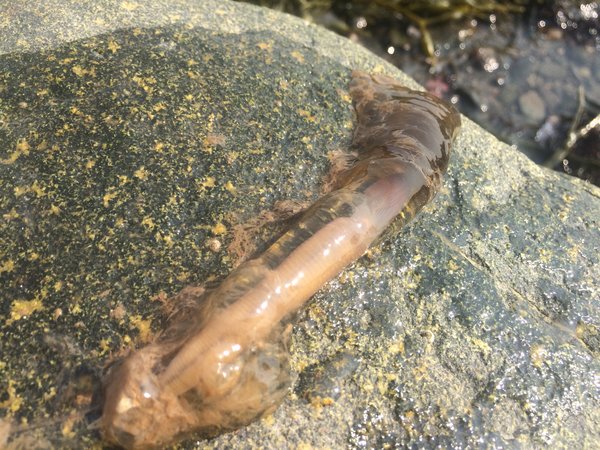
Slime Fan Worm (Myxicola infundibulum)
Common name: slime fan worm
Scientific name: Myxicola infundibulum
Locations: cracks in rocky ledges, under shale, mussel beds
seasonality: available year round
Colors: yellow to orange/brown with clear mucous sheath
Size: 1" - 3"
Collected: by hand, turning rocks, prying into ledges
Quantity: sold by the each
Tidepool Tim says, “Slime fan worms look like tiny palm trees sticking up out of cracks and holes in the hard bottom. As you approach them they quickly pull back into their burrow of slimy mucous leaving only a snotty little wave of goo where milliseconds before they were filter feeding in the tide. They have a beautiful array of tentacles that emerge in a crown around their mouth and is kind of shaped like a funnel. Not certain what exactly they are eating but imagine its a mix of plankton and perhaps detritus particles that are drifting by.
We find them in areas with high current flows and up in the water column like on the bottom of mooring floats or within clusters of blue mussels on the sides of wharf piles. At times when we are collecting on spring tides, we will find a large mass of their mucous hanging out of the side of a crack or seam in ledges at the low water mark. Using a pry bar we are often able to free them and are rewarded with dozens of fine specimens all at once. The mucous sheath does not seem to be necessary to them for survival and in captivity, they quickly will grow a new 'snot-tube' that is 2 or 3 times the length of the worm. Several animals together will all cement themselves together in their mucous perhaps as a protective behavior. As worms, they are quite easy to keep in an aquarium settling into any spot within the tank, growing a suitable tube, and carrying on with their feeding to their hearts' delight. They seem to grow quickly and their fan-like tentacles are a delight to watch or see. Sometimes worms in this group are called 'feather-duster' worms because of their likeness to a dusting tool.”







